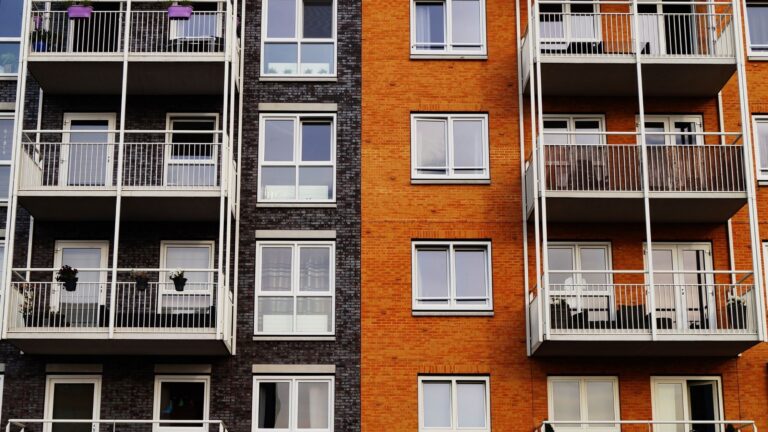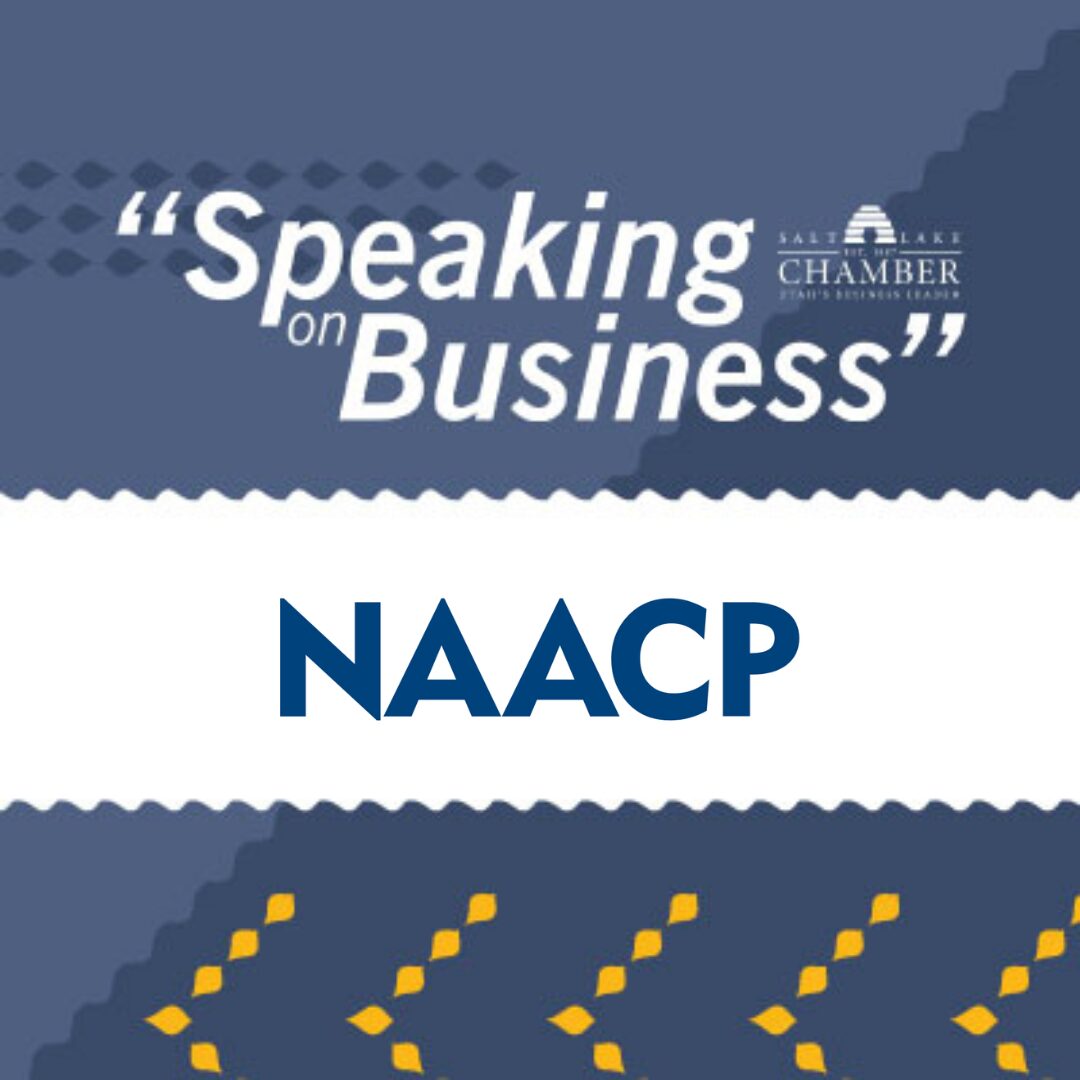There is no one singular solution to Utah’s Housing Crisis. Rather, the Kem C. Gardner Policy Institute has identified five “best practices” for meeting the housing affordability challenge in Utah. This article will explain how transit-oriented developments not only increases affordable housing but also decreases transportation costs, is good for the environment and revitalizes neighborhoods.
Housing affordability is not, unfortunately, Utah’s only problem. For the past several years, transportation has also become a concern, as traffic congestion and highway construction make it difficult and expensive to drive to work, home, and school. On top of that, the state’s air quality has occasionally been the worst in the nation, and sometimes, the world.
One solution to those issues is transit-oriented development. By planning compact, mixed-use developments anchored around transit hubs and walkable communities, we can work to solve multiple problems at once. TODs are an incredibly effective solution to four of Utah’s most pressing problems:
- TODs Decrease Transportation Costs
TODs are surprisingly cost-effective, and for one main reason: their development utilizes the existing transportation framework. By building around existing infrastructure, municipalities and regional authorities can focus TOD growth around existing transit hubs, minimizing the need for significant new transportation costs. It also gives those who live there close access to public transportation, which is the cheapest form of transportation currently available for many Utahns.
- TODs are Environmentally Friendly
Because TODs are based around eco-conscious forms of transportation — train, buses and rail — their development encourages increased use of public transit. At present, about 35% of all market-rate apartment units in the cities and towns in Salt Lake County, nearly 30,000 units, are within walking distance of a TRAX or FrontRunner station. More UTA use means less car exhaust and more clean air, two things Utah’s environment desperately needs.
- TODs Revitalize Neighborhoods
The promotion of TOD on urban infill parcels can create great opportunities to revitalize older communities and neighborhoods. In fact, mixed-use developments at TODs can serve as an essential tool in achieving a broader community strategy of creating a sense of space. TOD neighborhoods provide gathering places, open spaces and community resources that may not otherwise be available to the community.
- TODs Increase Affordable Housing
At the end of the day, all other advantages are just added benefits to its most needed effect: the creation of more affordable housing. The development of a TOD almost always increases the value of the surrounding land. Higher land costs require collaborative efforts by cities, developers, and nonprofits to provide financial incentives to housing developers, particularly developers of affordable housing.
Learn more about your area’s TODs, and push for the creation of more. This best practice boasts almost no downsides and benefits everyone, even those who don’t live in the area. By utilizing transit-oriented development in Utah, we can work towards cleaner air, cheaper costs, and happier citizens.
As businesses, you can play a role. We will be sharing videos from trusted community partners that we encourage you to share widely — along with articles and blog posts with vital information on the housing crisis each Utahn now faces. Together, we will work to close the gap and ensure that we — and our children and grandchildren — can continue to access safe and affordable housing in our great state.
*If you would like to share your story of how the housing crisis is affecting your business, please reach out to Ginger Chinn, Vice President of Public Policy at gchinn@slchamber.com.


